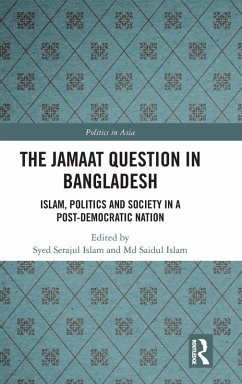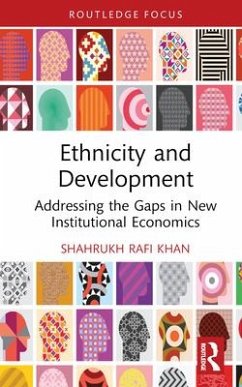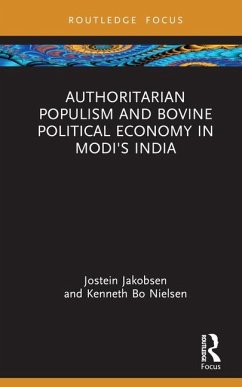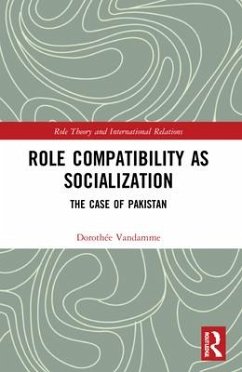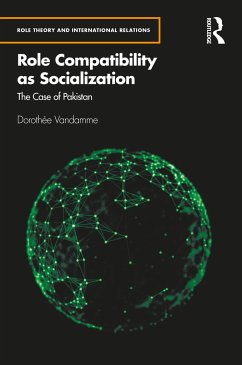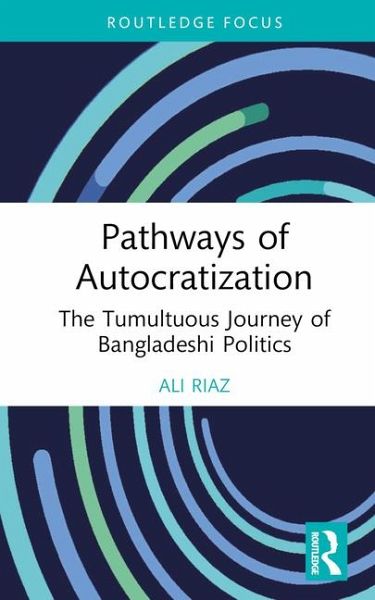
Pathways of Autocratization
The Tumultuous Journey of Bangladeshi Politics
Versandkostenfrei!
Versandfertig in 6-10 Tagen
56,99 €
inkl. MwSt.
Weitere Ausgaben:

PAYBACK Punkte
28 °P sammeln!
Pathways of Autocratization addresses one of the most important questions in contemporary global politics: how does a country regress from a democracy to an autocracy?This book offers a novel framework for understanding the processes that erode democracy and lead to autocracy and explains a specific instance of democratic backsliding in Bangladesh: the world's eighth most populous country. With probing analysis of events and trends of Bangladeshi politics, especially since 2009, the book contextualizes the country's autocratization process within global trends and compares it with others which...
Pathways of Autocratization addresses one of the most important questions in contemporary global politics: how does a country regress from a democracy to an autocracy?
This book offers a novel framework for understanding the processes that erode democracy and lead to autocracy and explains a specific instance of democratic backsliding in Bangladesh: the world's eighth most populous country. With probing analysis of events and trends of Bangladeshi politics, especially since 2009, the book contextualizes the country's autocratization process within global trends and compares it with others which have trod a similar path in recent decades, including Bolivia, Cambodia, Hungary, Poland, the Philippines and Turkey. The book discusses the implications of institutional changes, the role of pliant media, the contribution of ideology, and the conduct of international actors in the autocratization process while also mapping future trajectories for the country.
Succinct, incisive, and thought provoking, this book is rich in its theoretical robustness and empirical details. This is a must-read for anyone interested in understanding the dynamics of democratic backsliding and prospects for reversing this trend.
This book offers a novel framework for understanding the processes that erode democracy and lead to autocracy and explains a specific instance of democratic backsliding in Bangladesh: the world's eighth most populous country. With probing analysis of events and trends of Bangladeshi politics, especially since 2009, the book contextualizes the country's autocratization process within global trends and compares it with others which have trod a similar path in recent decades, including Bolivia, Cambodia, Hungary, Poland, the Philippines and Turkey. The book discusses the implications of institutional changes, the role of pliant media, the contribution of ideology, and the conduct of international actors in the autocratization process while also mapping future trajectories for the country.
Succinct, incisive, and thought provoking, this book is rich in its theoretical robustness and empirical details. This is a must-read for anyone interested in understanding the dynamics of democratic backsliding and prospects for reversing this trend.






